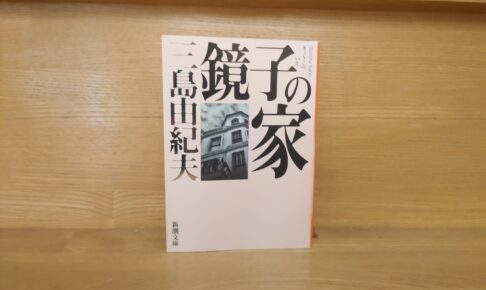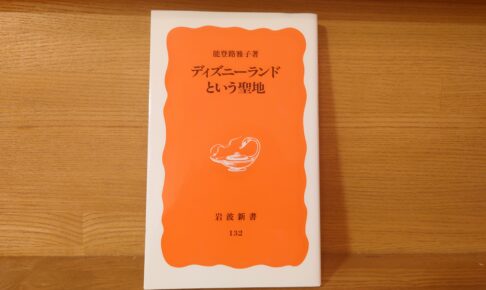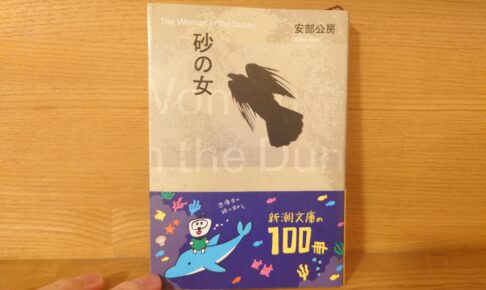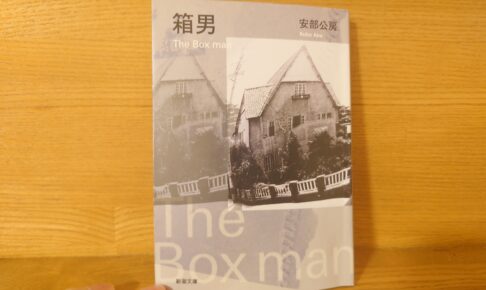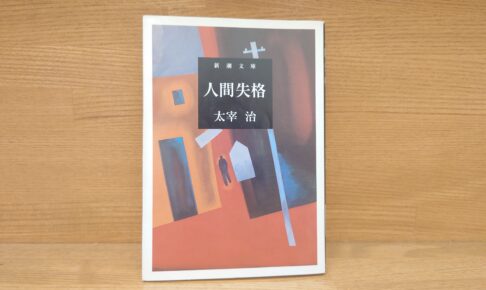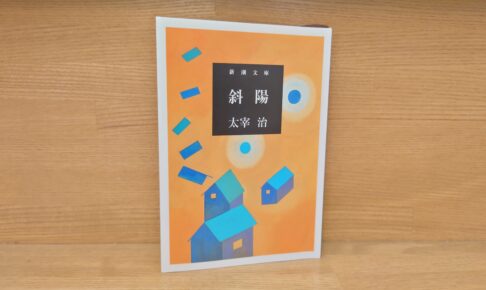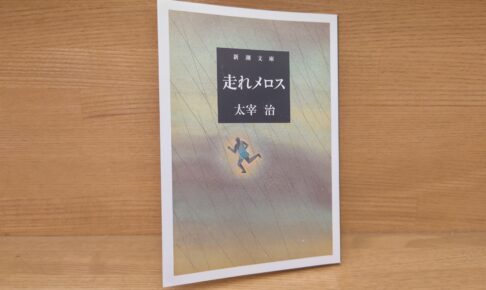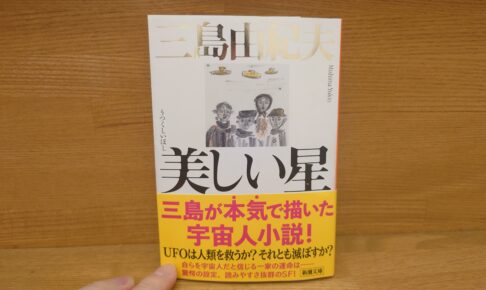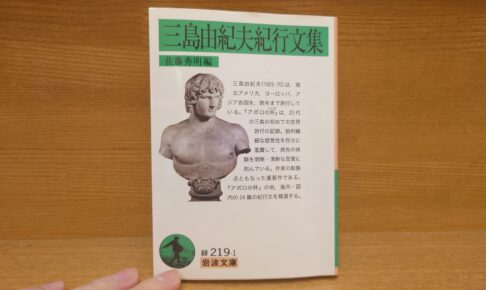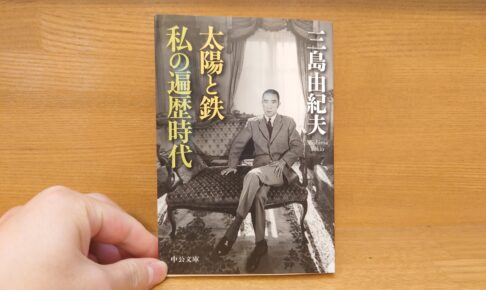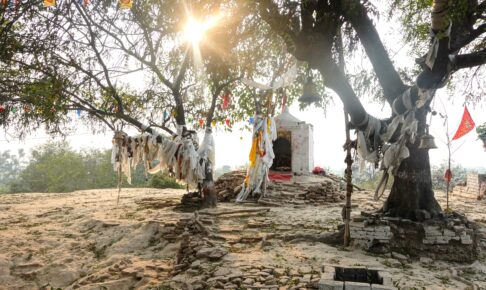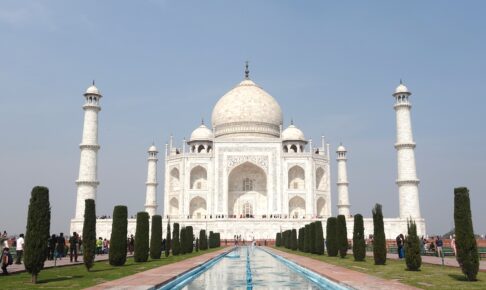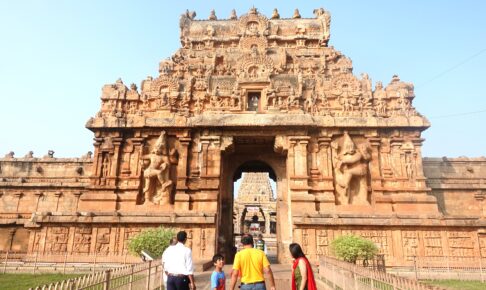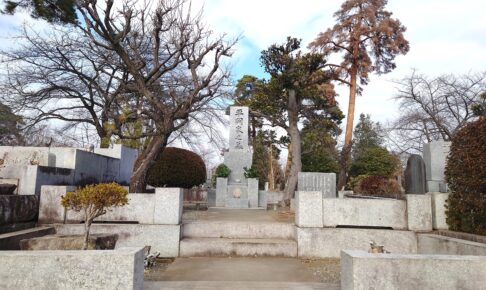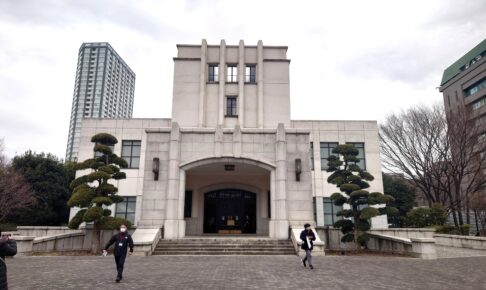Yukio Mishima's "Kagamiko's House" Synopsis and Impressions - Mishima's Failure? Considering his turning point feature film.
This work, "Kagamiko's House" is a full-length novel published in 1959. Yukio Mishima won the Shinchosha Literary Award in 1954 for "Shiosai" and the Yomiuri Literary Award in 1956 for "Kinkakuji," and in 1958 he married his wife Yohko.
Kagamiko's House" was written by Mishima with all his heart and soul. Mishima himself states that the major theme of this work is "the times.
In this novel, Mishima attempted to express the Mishima style of "postwar is over" literature by projecting the times onto the four young men gathered at Kagamiko's house. This was Mishima's first attempt at an ambitious challenge.
However, "Kagamiko's House," which took Mishima 500 days to write with all his heart and soul, was severely criticized by critics and branded as a failure. Mishima was deeply wounded by this.












